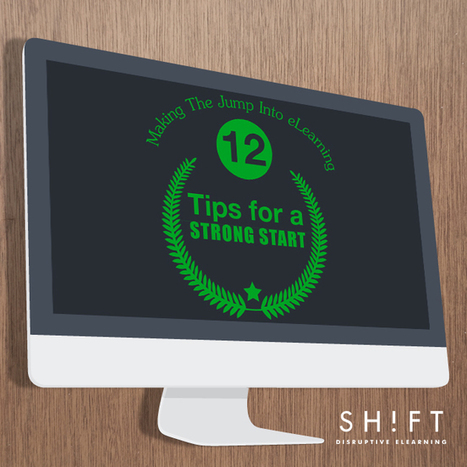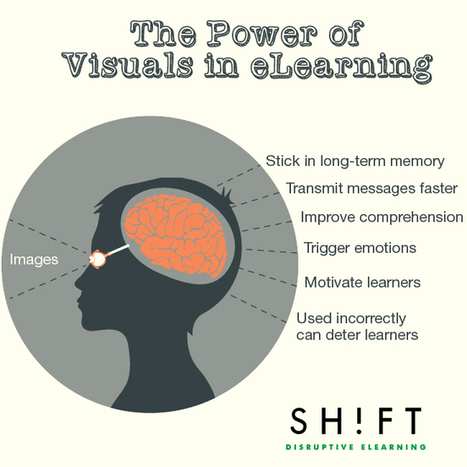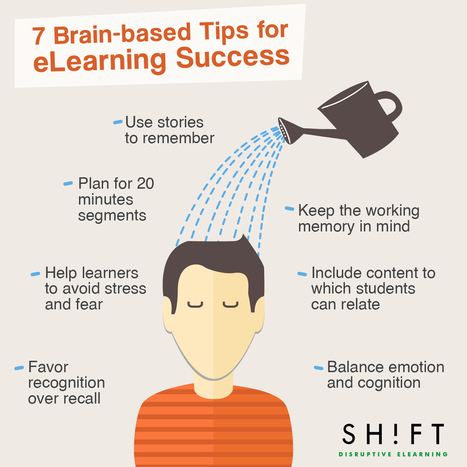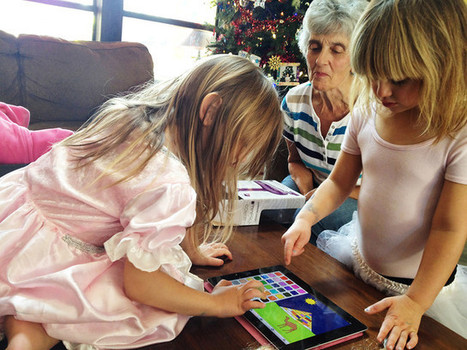The Museum of Modern Art launches Seeing Through Photographs, its first massive open online course for a general audience, available on Coursera starting February 10, 2016. Using works from MoMA’s expansive collection as a point of departure, the course encourages participants to look critically at photographs through the diverse ideas, approaches, and technologies that inform their making. Seeing Through Photographs can be found at coursera.org/learn/photography.
Get Started for FREE
Sign up with Facebook Sign up with X
I don't have a Facebook or a X account
 Your new post is loading... Your new post is loading...
Beth Dichter's curator insight,
July 2, 2014 10:37 PM
Are you interested in creating an eLearning experience for your students, or are currently teaching online, but would like some tips to make your course more effective. This post provides 12 tips that will help you get started (or improve what you may have). Below are four of the tips. Each is explained in more detail in the post. * Understand your audience - To keep your audience engaged, you must understand their needs. Who are they? What do they require? * Don't overload it - It is easy to add more information to a course, but this may overload your students. Be careful about how much is included and consider breaking information into smaller modules so that students can be more successful. * Interaction to engage learners - Make sure that you design your course so it is interactive. Clicking quickly from one page to another may not help students learn the information. Encourage engagement through the use of quizzes, videos, and other interactive activities. Much more is included in the post, and you will also find a link to a free e-book called Engage the Unengaged: How to Create More Engaging eLearning Courses.
Gary Harwell's curator insight,
July 11, 2014 12:41 AM
We have to make that jump and actually put a course together. Not only for our program, but for us to learn some new skills that will be invaluable to our careers in the future. |

Rosemary Tyrrell, Ed.D.'s curator insight,
July 9, 2014 2:55 PM
Visual learning is an important part of learning in any platform. 
Pere Arcas's curator insight,
July 14, 2014 3:55 AM
Now we need powerful visual creators of contents for education.
Beth Dichter's curator insight,
May 1, 2014 7:25 AM
As teachers we are course designers. We design a lesson and if we teach face2face we see immediate feedback while teaching. The same feedback is not as apparent online. One question that is being researched looks at what brain research tells us about designing better lessons, and what applies to eLearning typically applies to what happens in our classroom. This post provides seven tips, with an infographic that show each. Click through to the post to see more detailed information for each tip and to find additional resources. Below are three of the tips: * Favor recognition over recall * Help learners avoid stress and fear * Keep the working memory in mind 
carldowse's curator insight,
August 22, 2014 6:06 AM
Reassuring confirmation of good practice based on experience |

















